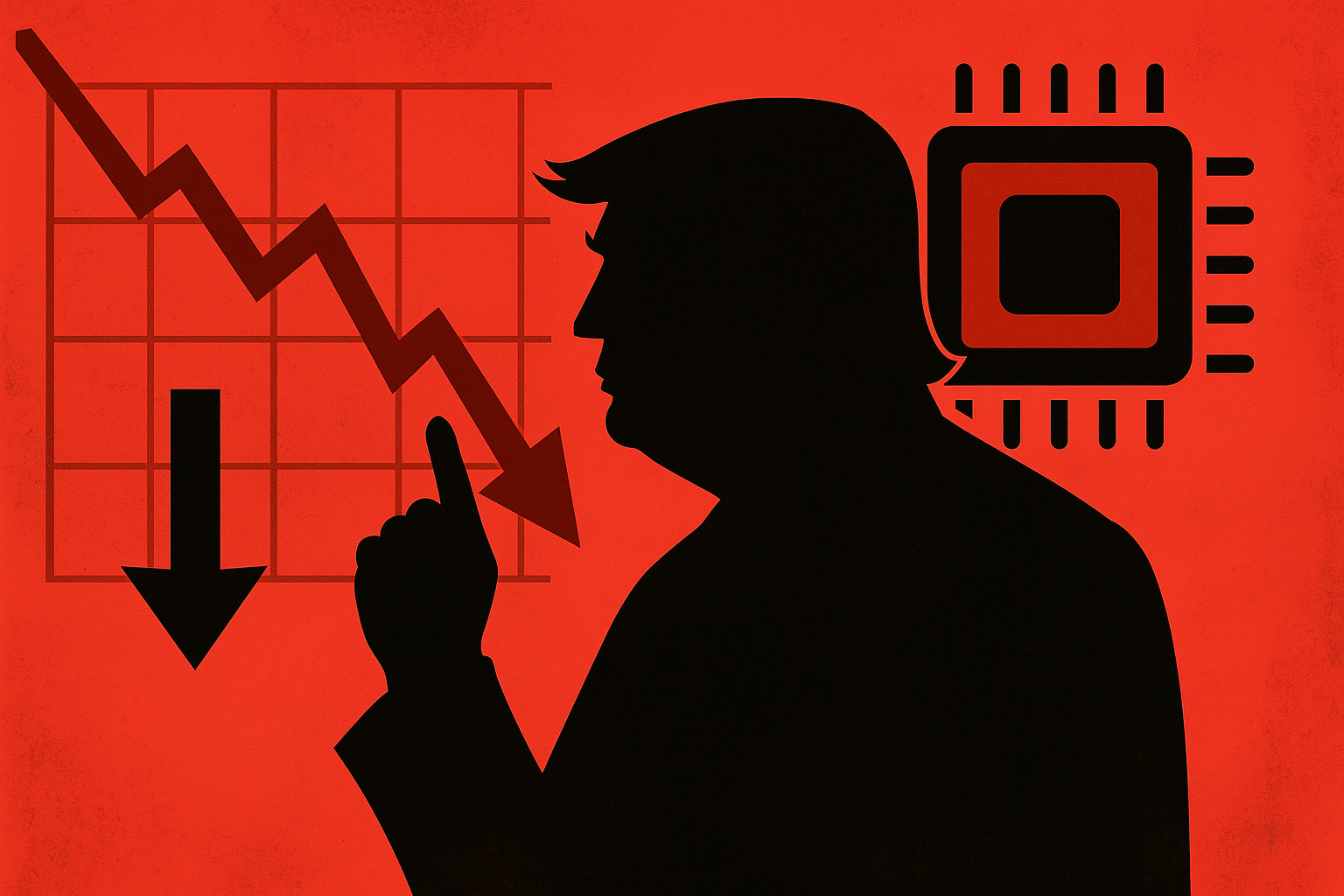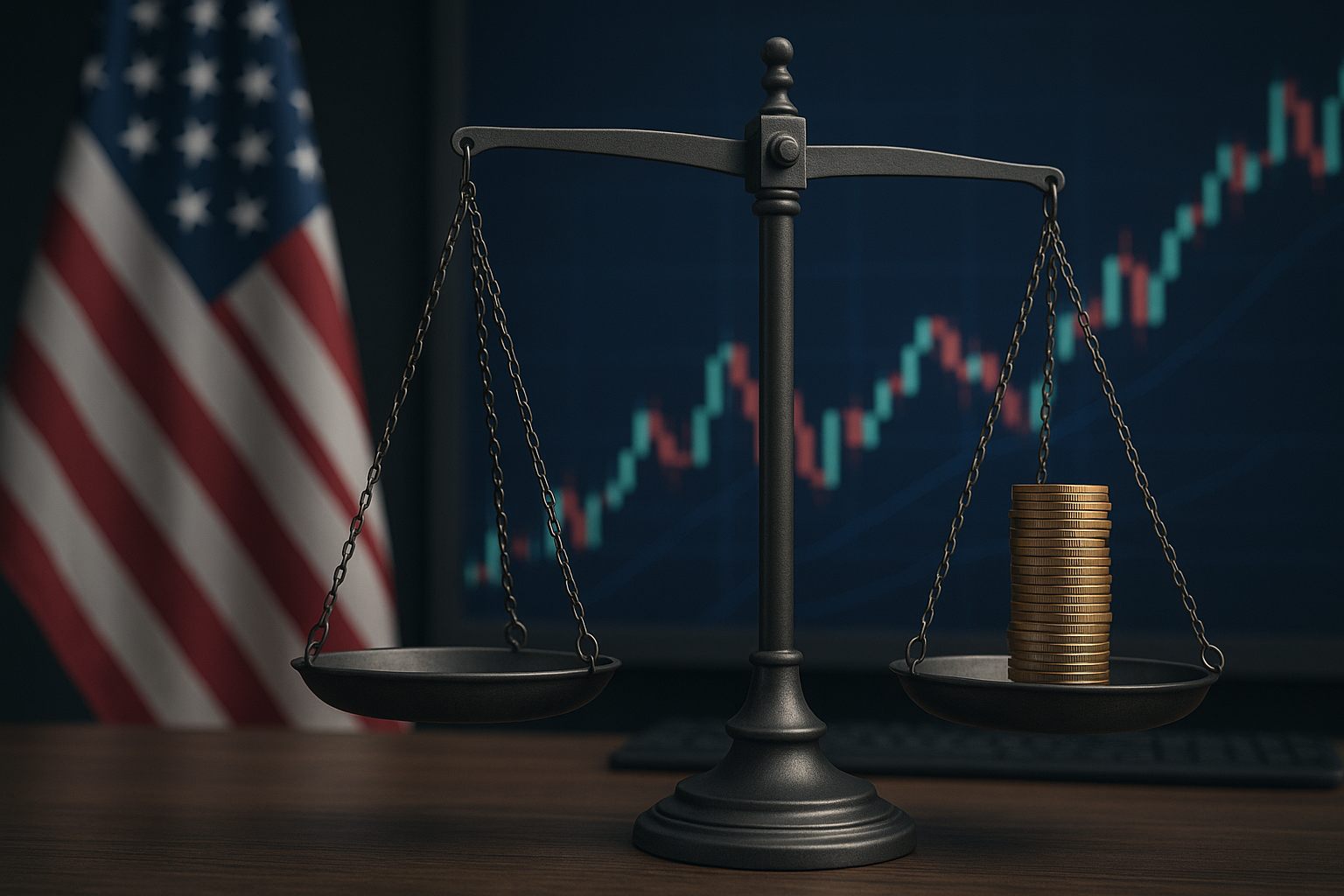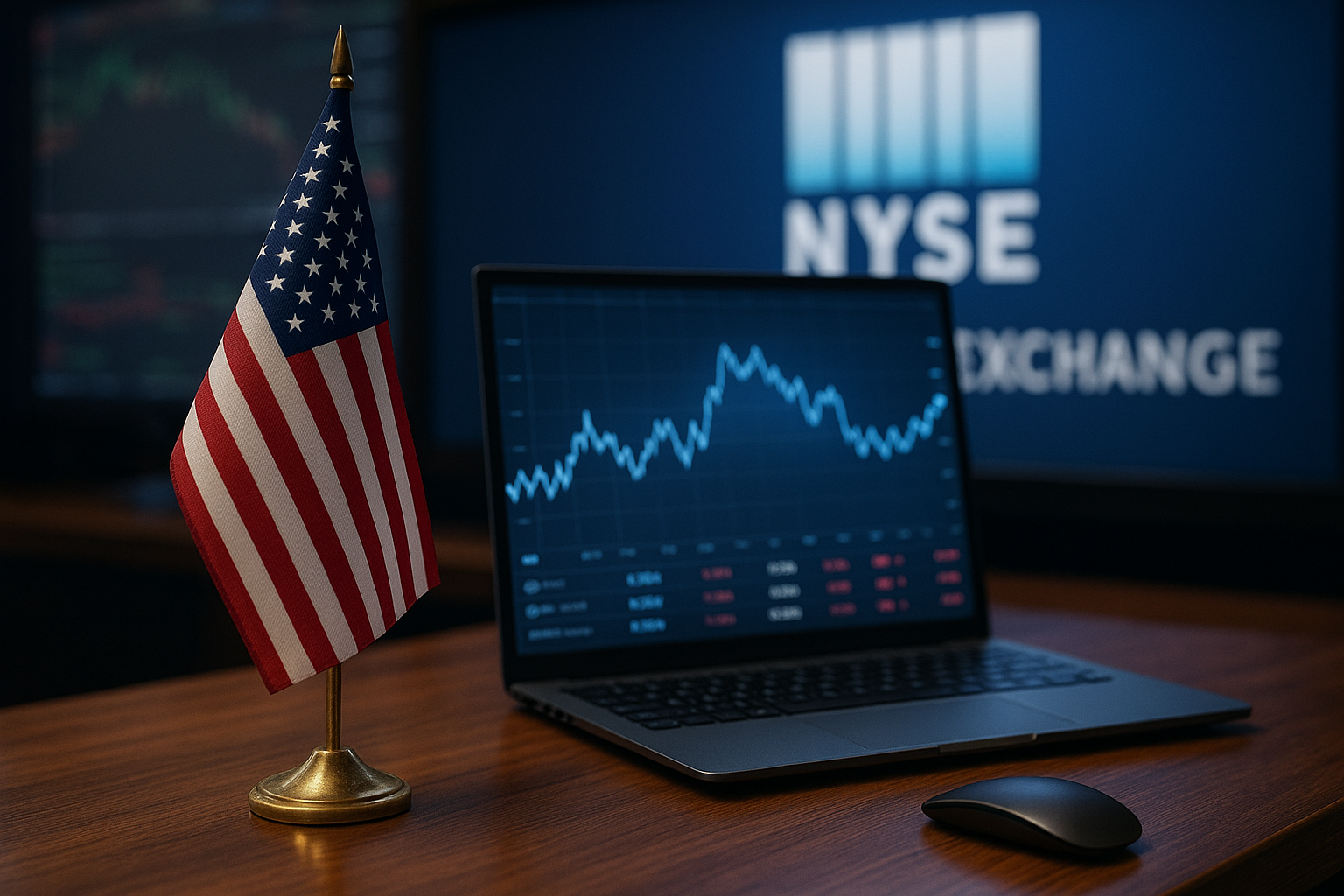Markets just got a wake-up call — and tech stocks are leading the fall. During the Easter holiday period, major U.S. indices like the S&P 500 and Nasdaq shed over 2%, rattling investor confidence. The drop was fueled by a fresh wave of political turbulence: former President Donald Trump’s renewed push for tariffs and an unprecedented public attack on Federal Reserve Chair Jerome Powell. With Wall Street already navigating a fragile macroeconomic environment, these developments have turned up the heat on an already jittery tech sector.
Why This Matters for Investors
Tech stocks have long been market darlings, driving much of the S&P 500’s gains over the past decade. But this week’s downturn is a stark reminder that even giants like Apple, Microsoft, and Nvidia aren’t immune to macro-political pressures.
According to Reuters, both the S&P 500 and Nasdaq Composite slid over 2% following Trump’s comments suggesting aggressive new tariffs on Chinese imports if re-elected. Adding fuel to the fire, Trump escalated tensions by labeling Powell “a major loser,” and floated the idea of removing him — a move that would threaten the independence of the Federal Reserve, a cornerstone of U.S. financial stability.
Investor sentiment took a direct hit. The U.S. dollar slumped to a three-year low, and gold prices surged past $3,500 an ounce, signaling a clear flight to safety. These reactions underscore the growing unease in financial markets over potential instability in policy leadership.
Tech Sector Hit Hardest
Technology stocks are particularly vulnerable to tariff shocks due to their global supply chains and reliance on Chinese manufacturing. The potential for renewed trade wars raises costs and disrupts logistics — risks that are now being repriced into valuations.
- Apple (AAPL) and Tesla (TSLA), which rely heavily on Chinese production, each fell over 3% intraday.
- The Philadelphia Semiconductor Index (SOX) dropped 2.8%, with chipmakers like Nvidia and AMD leading the slide.
- Meta (META) and Alphabet (GOOGL), less exposed to physical supply chains but reliant on global ad revenues, also saw notable declines.
This sell-off signals that investors are beginning to rotate out of high-growth, high-valuation sectors and into safer bets like energy, utilities, and commodities.
Market Reaction and Analyst Commentary
Analysts warn that continued political interference in the Fed’s operations could create long-term distortions in market expectations.
“Investors don’t like unpredictability in monetary policy,” says Megan Greene, global chief economist at Kroll. “Threatening Fed independence spooks the markets far more than short-term economic data.”
On the tariffs front, Moody’s Analytics noted that a 10% average tariff increase on Chinese imports could cut U.S. GDP growth by 0.3 percentage points and raise core inflation by up to 0.5%, a dangerous combination in an already inflation-sensitive environment.
With inflation still above the Fed’s 2% target and rate cuts looking more distant than hoped, tech valuations — many of which are priced for perfection — could continue to see pressure.
Future Trends to Watch
- Fed Independence & Interest Rate Outlook
Watch for any official response from the Federal Reserve. Any perceived weakening of its autonomy could spark deeper corrections. - 2024 U.S. Election Impact
Trump’s rhetoric is likely a preview of the campaign trail. Expect continued market volatility tied to election-driven headlines, especially on trade and monetary policy. - Shift to Defensive Sectors
Utilities, gold, and other defensive assets may gain favor if uncertainty continues. ETFs like XLU (Utilities) and GLD (Gold) have already seen increased inflows. - China-U.S. Trade Relations
Renewed tariffs could reignite global supply chain issues. Tech investors should keep a close eye on announcements from both Washington and Beijing.
Key Investment Insight
Now is the time for selective repositioning. Investors with heavy exposure to high-growth tech should consider diversifying into sectors that offer protection in politically volatile environments. Defensive plays, dividend-paying stocks, and commodities like gold are increasingly attractive as a hedge against market instability and policy unpredictability.
Stay Ahead of the Curve
To stay informed on how political developments and macroeconomic shifts are reshaping the investment landscape, follow MoneyNews.Today. We bring you the insights you need — when you need them — to navigate volatility with confidence.





